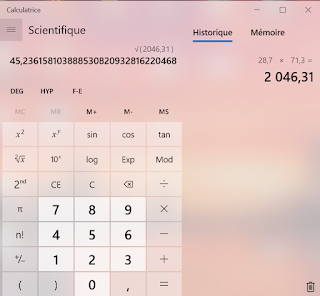October 22, 2019
author: Guillaume Bourgault-Côté
translation: GoogleTranslate
Looking at post-electoral parity: less than 30% of elected
Canada
The noticeable increase in the number of women candidates in the five major parties will have had virtually no impact on the number of women elected on Monday night. The next Parliament will be composed of 71.3% men and 28.7% women.
Compared with 2015, progress is minimal - the previous Parliament had 26% women. The current figure remains a record ... but is well below the minimum threshold of the parity zone (40%).
Canada-wide, for 338 elected. Women in yellow.
It also highlights the disparity between the percentage of female candidates this year invested by federal parties (41.6%) and the number of women elected: the negative gap is close to 13 points. This tends to support the observation that parties increase their balance sheet with candidates whose chances of victory are slim.
The Vigie Parity project at Le Devoir noted that federal political parties have increased the pace of women's appointments in the weeks preceding the end of nominations. Of the top 715 candidates (half of the candidates), about 35% were women. If only the second block of nominated candidates was considered, 48% of women were women.
By party
To form a joint cabinet, Justin Trudeau will have to choose from a caucus composed of 51 women (including 14 from Quebec) and 106 men.
That of the Conservatives will count 22 women (18.2%), but none from Quebec. There will be 9 among the New Democrats (the only elected Quebecer is a man) and 12 in the Bloc Québécois (37.5% of the caucus in both cases). Of the three elected from the Green Party of Canada , there are two women.
Canada-wide. By Party.
From one province to another, Quebec has the highest proportion of women (33.3% elected), followed closely by Ontario (31.4%) and Canada. British Columbia (31%). Four provinces will have 20% or fewer women to represent them (Prince Edward Island, Alberta, New Brunswick, Nova Scotia).
For Quebec as a whole.
The Quebec provincial election of 2018 concluded with a record number of women elected (43%) and women candidates (47%).
* * *
The article considers 40% women to be minimal parity. This assertion
is today's little problem. 🤔
* * *
Not my purpose to salt any wounds here, but
the convergence of a feminine cabinet in a more
masculine Parliament led the last government to
pass old boy legislation it coudn't implement. Ouch!
Looking at the mathematical aspects of parity questions
might help this time around...
Harmonic and geometric average look promising, but I
need actual numbers!

* * *
The numbers 1, 2, 7 have a mean of 2.33 but a harmonic mean of
1.7142.

The numbers 2 and 18 have a mean of 10, but a geometric mean of 6.
* * *
So these different ways of taking a mean are easy to understand, but
the usual domain of application is Finance.
Working with actual numbers on the election results, we
have parity at than 41% in our driving feminine numbers.
Working with percentages, geometric mean puts us at 45%.










No comments:
Post a Comment